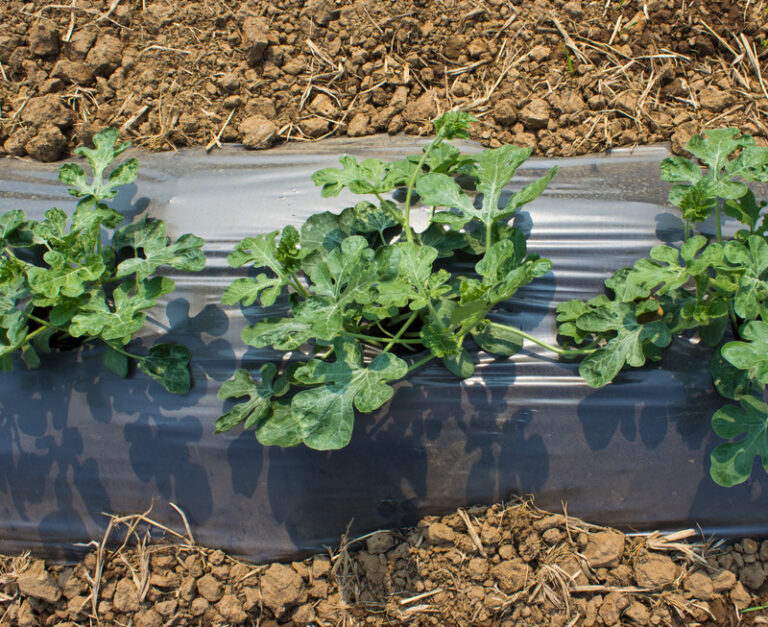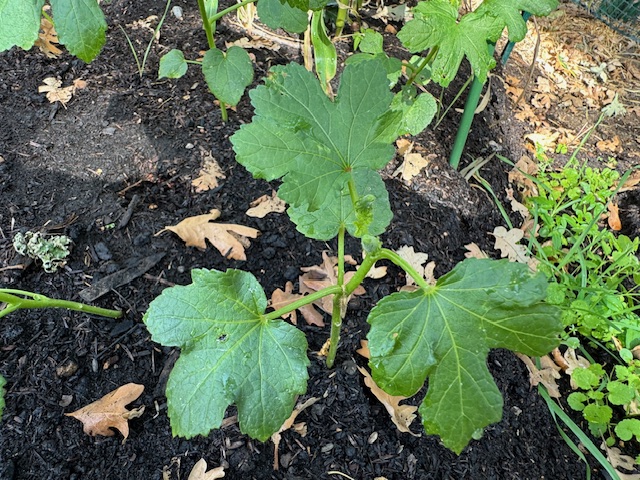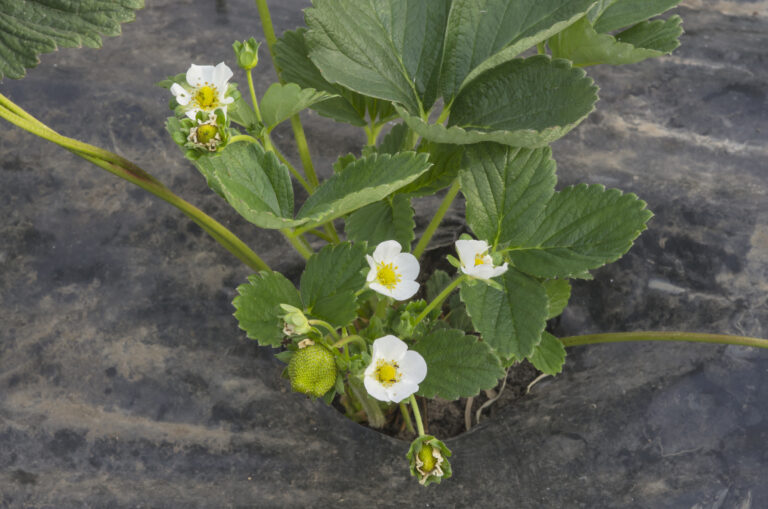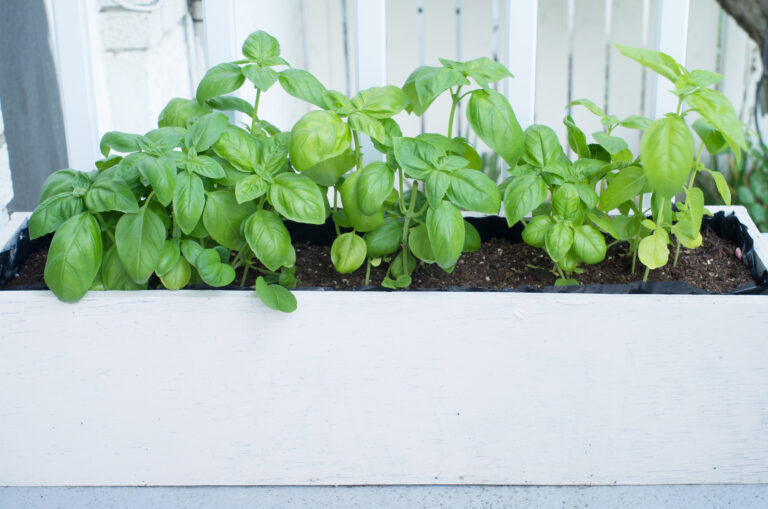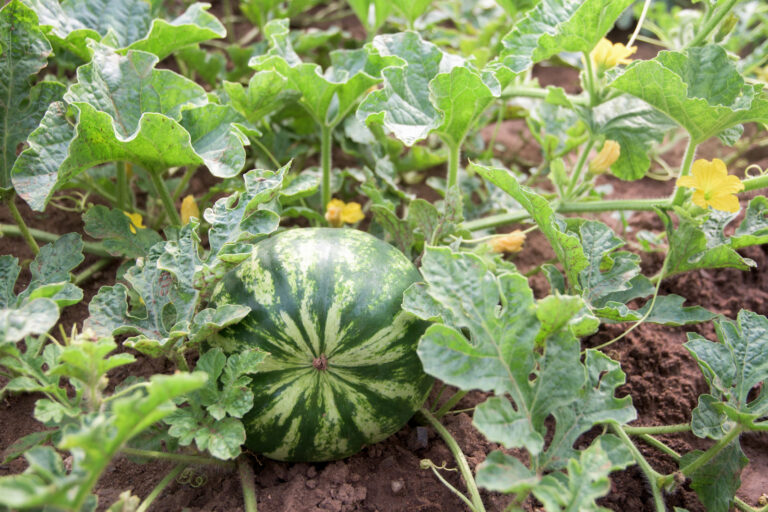How to Grow Okra in Containers: Tips from My Garden
Growing okra in containers is not only possible—it’s surprisingly productive when done right. I’ve grown okra this way for years, especially when I’ve run out of room in my raised beds or want to position plants where they’ll get the most heat and sunlight. Container gardening has allowed me to grow okra on patios, decks, and even tucked into sunny corners that stay warm through the evening.
Choose the Right Container
Okra needs space to thrive. I always use containers that hold at least 5 to 10 gallons of soil. Smaller pots just don’t provide enough room for the deep root system okra develops. A pot that’s at least 12 inches deep and wide is ideal for one plant. Be sure your container has good drainage holes; wet, soggy soil will quickly rot okra’s roots.
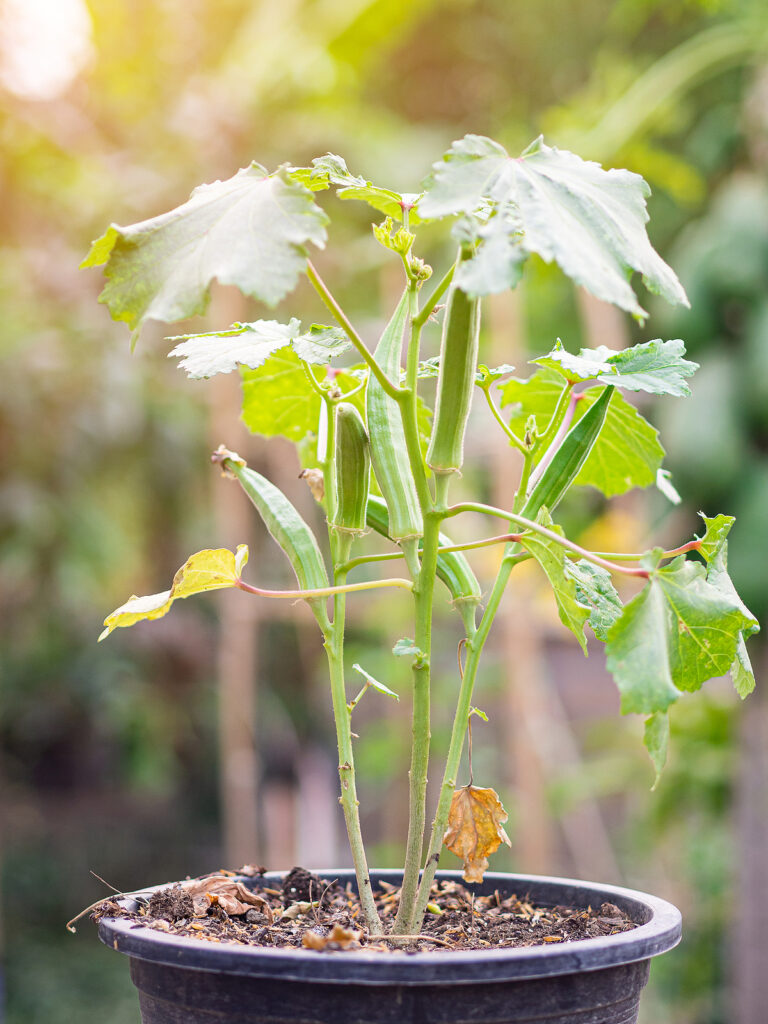
Select the Best Varieties for Containers
Through trial and error, I’ve found that dwarf and compact varieties grow best in containers. These space-saving cultivars stay shorter and bushier but still produce full-sized pods. A few of my go-to container varieties include:
- ‘Baby Bubba’ – a compact plant with a full harvest of green pods.
- ‘Jambalaya’ – an early and productive hybrid with a compact growth habit.
- ‘Cajun Jewel’ – a short-season option that does well in cool summers.
These varieties don’t sacrifice yield, even though the plants take up less space.
Use the Right Soil Mix
Okra prefers loose, well-draining soil that’s rich in organic matter. I make my own mix by combining potting soil with compost and a bit of perlite for extra drainage. I avoid using heavy garden soil, which can compact in pots and suffocate roots. Before planting, I mix in a slow-release organic fertilizer to give the plants a good start.
Planting and Care Tips
Sow okra seeds about ½ inch deep directly into the container or transplant healthy seedlings once nighttime temps stay above 60°F. I keep one plant per 10-gallon container or thin to one strong seedling if I’ve direct sown more than one.
Okra loves heat. I position containers in the sunniest, warmest spot—on my patio or against a south-facing wall. The pots warm up quickly and retain heat into the evening, which helps speed up growth and flowering. During cooler stretches, I use black plastic mulch or fabric to retain warmth around the base of the plant.
Watering is critical. Because containers dry out faster than garden beds, I water regularly to keep the soil evenly moist but not soggy. I also feed every 3 to 4 weeks with a diluted liquid fertilizer to support pod production.
Final Thoughts
If you live in a cool climate, have limited space, or want to grow okra where your soil conditions aren’t ideal, container gardening is a smart, flexible solution. With the right container, variety, and care, you can enjoy a healthy okra harvest right from your patio.
Related Okra Articles:
🥬 Start Here
🌱 Planning & Planting
- When and Where to Plant Okra In Your Garden
- How to Successfully Grow Okra in Short Summer Regions
- How Day Length Affect Okra Growth-What You Can Do About It
- How to Grow Okra in Containers: Tips from My Garden
- How to Plant Okra: Step-by-Step Guide
🌿 Care & Maintenance
🧬 Varieties & Selection
🛠️ Troubleshooting & Problem Solving
🥬 Harvest & Kitchen Use


